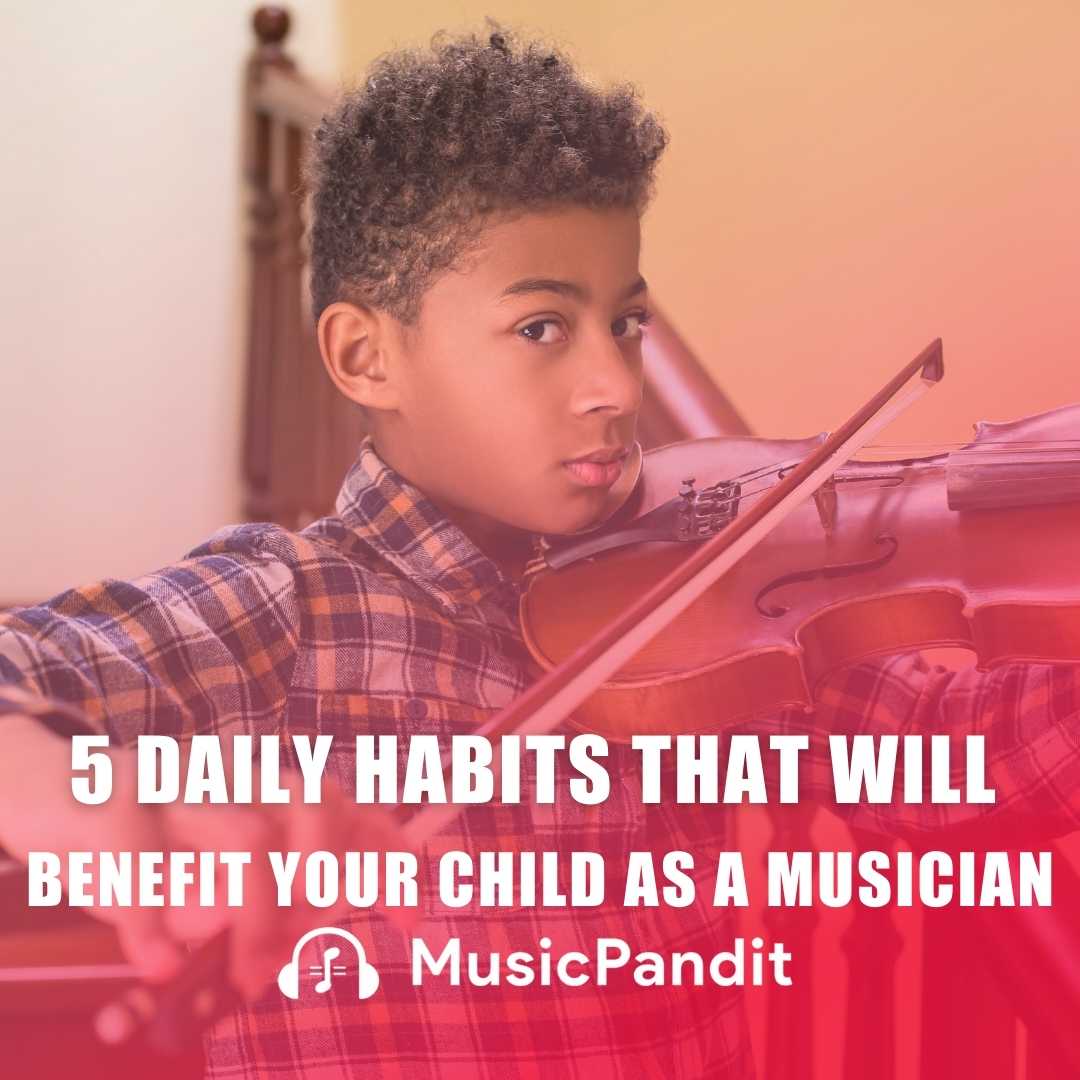In this widespread world of music education, ear training emerges as an essential cornerstone that frequently remains underestimated. Imagine a child not simply paying attention to music but actively knowing its nuances, interpreting the interaction of notes, rhythms, and harmonies with precision.
Ear training, also known as aural talents or music listening schooling, is the art of honing one’s auditory notion to understand musical factors through listening. It lays the foundation for a deeper musical expertise, enabling individuals to interpret, perform, and create music with fluency and expression. So, in this blog we will explore what is ear training in detail and why should your child learn it.
What Is Ear Training?
Ear training is about growing a sensitive musical ear—an ear which could figure different variations in pitch, pick out chord progressions, and count on rhythmic patterns. For children, this method isn’t always just about learning technical abilities; it’s an adventure of discovery and increase. It nurtures their innate musicality, complements their listening abilities, and fosters a profound connection with music that transcends mere appreciation.
As we delve into the importance of ear education for children, we discover a global of possibilities in which music will become not just an interest but a lifelong passion and pursuit of excellence.
Developing Musical Perception and Recognition
Ear training builds a bedrock of developing a keen musical perception and popularity in young musicians. Through energetic listening and engagement with numerous musical genres, kids sharpen their capability to distinguish between distinct notes, chords, and rhythms. This heightened consciousness extends past mere identity; it cultivates a deep knowledge of musical structures, fostering an intuitive grasp of ways melodies weave together, harmonies mixture, and rhythms pulse.
As children immerse themselves in ear training activities, they embark on an adventure of discovery. They learn to anticipate musical patterns, apprehend routine motifs, and decode the intricate language of music. This process not only refines their listening abilities but also ignites their creativity and imagination. They start to pay attention to the song with a newfound clarity, perceiving its nuances, feelings, and storytelling factors with heightened sensitivity. This heightened musical perception lays a sturdy foundation for future musical endeavours, whether in playing contraptions, making a song, or composing their very own musical pieces.
Ear education additionally performs a pivotal function in developing a child’s musical memory and recall. By educating their ears to understand melodies, harmonies, and rhythms, children beautify their potential to memorise musical portions more effectively. This skill is particularly useful in performance settings, where musicians depend upon their memory and ear for accurate and expressive renditions. Moreover, as children develop their ear training adventure, they expand a versatile musical vocabulary, allowing them to communicate and collaborate seamlessly with different musicians.
Benefits of Ear Training for Children
Let’s look at some of the benefits of ear training for children below.
Enhancing Musical Skills and Proficiency
Ear training plays a pivotal function in enhancing a child’s common musical abilities and talent. Through regular exercise and exposure to various musical factors, children expand a deeper learning of pitch accuracy, rhythm precision, and harmonic relationships. This improves their performance abilities and also incorporates confidence in their musical competencies.
Moreover, the training contributes to a child’s musical literacy, enabling them to study and interpret musical notation. This foundational talent opens doors to exploring a wider range of musical genres and patterns, fostering a well-rounded musical schooling.
In addition to technical abilities, ear training cultivates creativity and musical expression. Children learn to interpret and convey emotions through music, making their performances extra attractive and genuine. This holistic method to musical improvement fosters a well-rounded musician who can talk efficiently through their artwork.
Ear Training Techniques and Exercises for Children
Effective ear schooling techniques and exercises are vital for maximising the benefits of this musical schooling. Encourage your child to practise identifying intervals, playing back melodies by ear, and transcribing simple tunes. Utilise tools which include online ear training apps, interactive games, and structured lessons to make learning attractive and exciting.
Furthermore, incorporating listening activities into daily routines, such as figuring out sounds in the surroundings or taking note of plenty of musical genres, can enhance a child’s auditory abilities. Consistent exercise and exposure to diverse musical contexts gives a boost to learning and broadens their musical horizons.
Integrating Ear Training into Music Education
Integrating ear training into your child’s music schooling curriculum can extensively enhance their ordinary learning experience. Collaborate with music instructors to incorporate ear training exercises during lessons, workshops, or practice classes. Create a supportive learning environment in which children experience encouragement to discover and increase their auditory skills at their own pace.
Including technology can also elevate ear training lessons, providing interactive tools and resources that cater to exclusive learning patterns. Virtual reality simulations, audio popularity software programs, and digital track systems offer immersive experiences that have interaction and inspire young learners. By leveraging these resources, educators can create dynamic and effective ear training programs that resonate with children.
Practical Applications in Playing Instruments and Singing
The practical applications of ear training extend beyond listening and recognition—they immediately affect a child’s ability to play instruments and sing proficiently. A well-trained ear permits them to play by ear, improvise, and interpret music with extra accuracy and expressiveness. This talent is especially valuable in ensemble settings, in which musicians ought to pay attention and reply dynamically to each other.
Encourage children to discover unique genres and sorts of music, as this range enhances their musical adaptability and flexibility. Whether studying classical pieces, jazz requirements, or modern-day songs, the capability to concentrate attentively and apprehend musical nuances enriches their musical interpretations and performances. As they develop, encourage collaborative music-making experiences that allows them to apply their ear training abilities in real-time musical interactions.
Conclusion
In conclusion, ear training isn’t always simply a skill to be discovered but a transformative adventure that enriches a child’s musical experience and expertise. By growing a sensitive musical ear, children free up a world of musical possibilities, enhancing their performance skills, fostering creativity, and nurturing a lifelong ardour for music.
Encourage your child to embark on this enriching adventure of ear training, and witness the transformative impact it has on their musical adventure. As they cultivate their auditory perception, reputation, and skillability, they no longer just emerge as professional musicians but also increase a deeper appreciation for the artistry and beauty of music, enriching their lives in profound ways.














